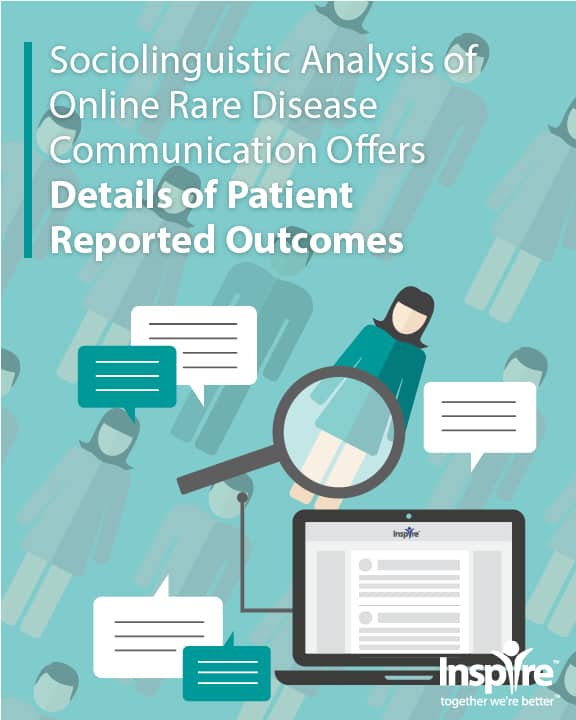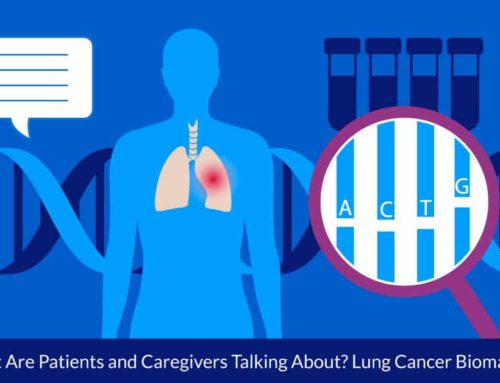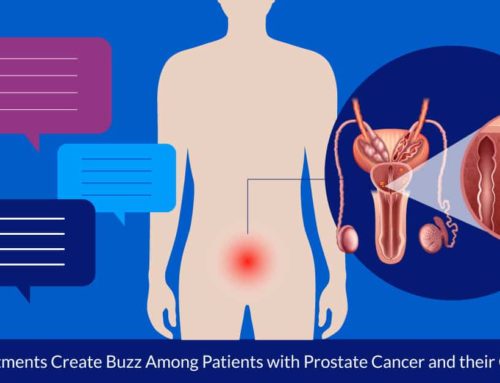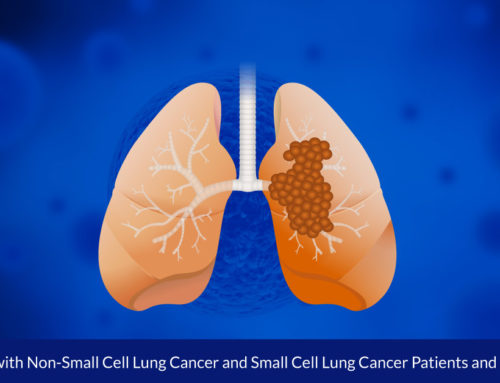Do Patients Care About What Your Drug Does?

By Sara Ray, MA
Be sure the trial outcomes echo the patient voice, article says
In most randomized pharmaceutical clinical trials, researchers are looking for a statistically significant performance difference between the two courses of therapy. But which is more important to the patient: Statistically significant improvement of a variable, or clinically significant improvement? “The operation was a success, but the patient died” is a succinct example of a misplaced sense of priorities. The patient was probably hoping for a better result than academic satisfaction.
Here’s another example. This one is real. For patients in treatment for infertility, there is only one priority for outcome: Live birth. “Unfortunately, a recent systematic review of 142 infertility trials published in 2013 and 2014 found that only 52 included trials (37%) reported live birth,” say the authors of the 2019 article in the American Journal of Obstetrics and Gynecology, Tackling poorly selected, collected, and reported outcomes in obstetrics and gynecology research.
Obviously, foundational research, including in surgical techniques and in factors affecting fertility, has to be conducted. The path to drug approval requires that the clinical trials demonstrate statistically significant therapeutic performance. All drug development is aimed at providing a clinical outcome that causes the drug to be approved and adopted widely in treatment. Isn’t that inherent? But when do patients have a say in which symptoms they most want to see improvement and what outcomes are most valued?
In a 2014 series of articles on reducing waste in biomedical research, the Lancet quoted previous research that estimated 85% of research investment—equating to $200 billion of the investment in 2010—is spent in avoidable waste. What was the first potential source of waste? Poorly selected outcomes for research. The authors of the 2019 article also name “poorly selected” outcomes as a primary problem to tackle in OB/GYN research. They define poorly selected outcomes as “outcomes lacking relevance to clinical practice and key stakeholders.” They validate that choice with the example showing that only 37% of infertility trials even consider the impact on live birth. What do they suggest?
They say part of the problem is the disconnect between the selected outcomes for any given trial and the clinically desired outcomes for the condition. If a drug is being developed to treat a particular disease, there’s generally a set of symptoms that physicians agree are of core importance. Treating infertility should result in babies. They add that there’s a list of secondary outcomes for most conditions; for preeclampsia, secondary outcomes should include blood pressure thresholds, clinical symptoms, maternal morbidity, and neonatal morbidity, but found that a systematic review of 79 trials revealed that only a minority addressed any of them, much less all of them.
The authors suggest that, for any given condition, there should be an agreed-upon common set of objectives for clinical trials in that area called a core outcome set:
“A core outcome set represents a minimum data set of outcomes developed using robust consensus science methods engaging diverse stakeholders including health care professionals, researchers, and patients.[emphasis added] Core outcomes should be routinely utilized by researchers, collected in a standardized manner, and reported consistently in the final publication.”
In the OB/GYN field, they give as their example the Core Outcomes in Women’s and Newborn Health (CROWN) initiative. The consortium supports researchers to develop, disseminate, and implement core outcome sets, with outcomes that clearly benefit patients. They advocate that various fields of study form consortia to establish core outcomes that tie clinical studies together in a way that makes the research evidence much easier to compare across trials.
Adding the patient voice to the beginning of trial design is also financially critical: No investor wants to find out after a drug is released that it’s not being clinically adopted. Ultimately, physicians only recommend medications they see working, and the patients only adhere to a medication when it relieves symptoms that they care about with tolerable side effects.
The cost of being mistaken about which benefits and side effects matter most to the end user is high. Patient measures of success are at the core of understanding the patient experience and are invaluable from regulatory, clinical, and financial standpoints. After all, a drug that is approved but then fails in medication adherence reflects a total waste of investment. To the patient, an operation is a success when the patient lives.
Inspire offers a trusted community to patients and caregivers. Our goal with this blog, this website and our content is to provide the life science industry access to the true, authentic patient voice. In so doing, we support faithful operationalization of patient-centricity. Take a look at our case studies, eBooks and news outlet coverage.
References
1https://www.ajog.org/article/S0002-9378(18)30815-9/fulltext
2https://www.thelancet.com/journals/lancet/article/PIIS0140-6736(13)62329-6/fulltext






